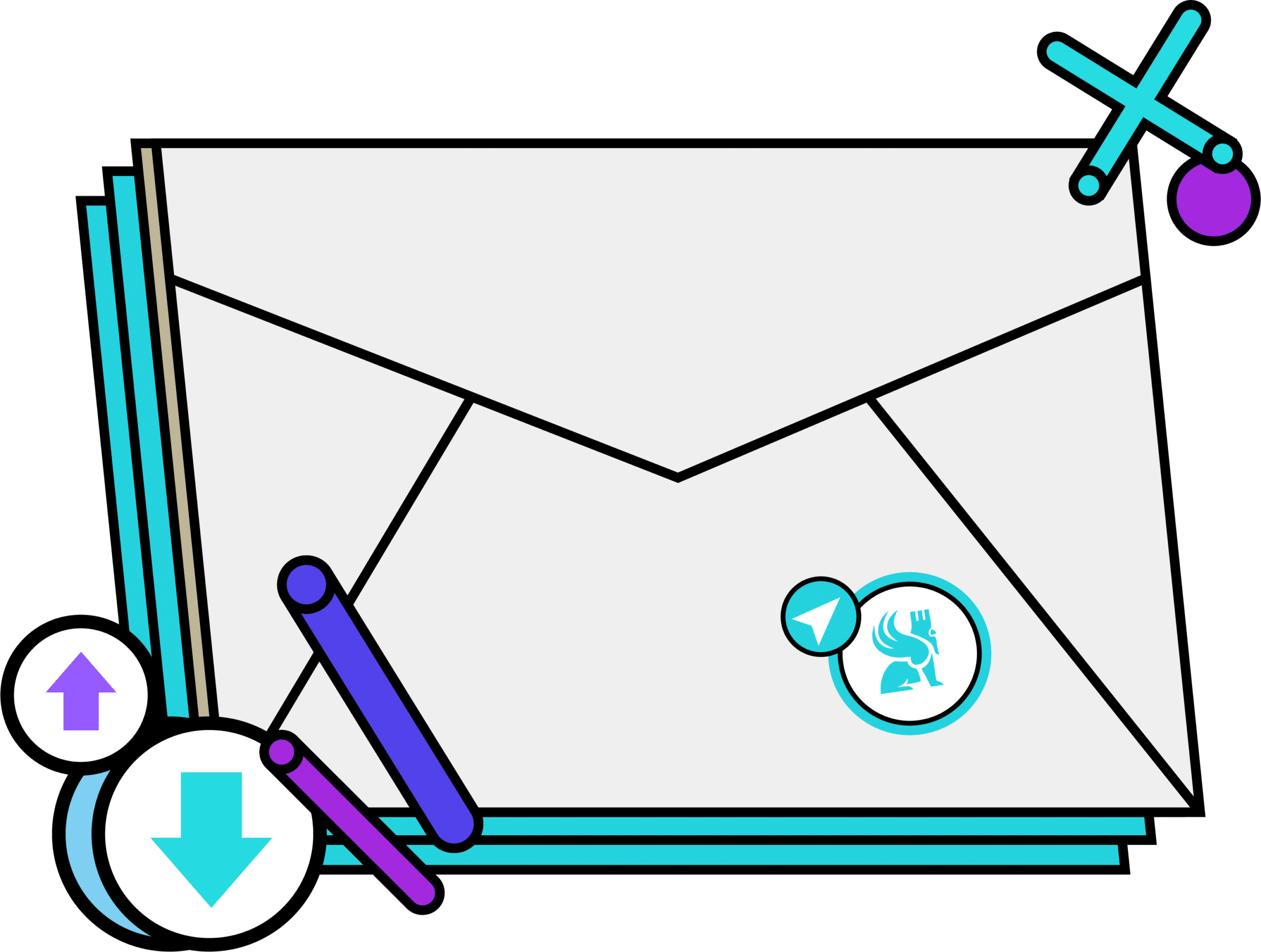Google Dorks is the ultimate technique to enhance your Google searches and exploit the potential of this search engine. By using certain methods, you can obtain more relevant results and avoid getting overwhelmed by the vast amount of information available online. This article explores the best commands to use, the advantages of Google Dork, various tools available, and how to protect yourself from potential threats.
What is Google Dorks?
Google Dorks was coined in 2002 by cybersecurity researcher Johnny Long to refer to specific queries that users can leverage on Google Search.
By utilizing these special commands, anyone can access more sensitive, specific, and even hidden information. These commands allow for a more precise targeting of searches on Google. Essentially, they are hacks that make tasks easier, allowing users to target a single type of document or a specific site or parts of a website that might otherwise remain concealed.
Google Dorks also allow for the testing of existing security vulnerabilities on a given website, and potentially exploiting these vulnerabilities to access sensitive data, particularly in the case of hackers.

Why use Google Dorks?
Google Dorks represent an advanced search technique that allows one to fully utilize the capabilities of the Google search engine to unearth precise information that is often difficult to obtain through standard queries.
They are especially beneficial for cybersecurity professionals, open source intelligence (OSINT) experts, and system administrators seeking to identify potential weaknesses in their infrastructures.
For instance, Google Dorks can uncover confidential files that have been inadvertently exposed, poorly secured administration interfaces, or publicly accessible databases.
This method also enables researchers and journalists to access specific documents or archived information that would otherwise be challenging to find.
In the context of security audits, Google Dorks are invaluable for simulating the methods an attacker might use to map a system before attempting an intrusion.
Source: microsoft.com

Is it legal to use Google Dorks?
The use of Google Dorks touches upon significant legal and ethical considerations. In themselves, these advanced search techniques are not illegal, as they creatively utilize Google’s built-in features.
However, legality is entirely dependent on the user’s intent and actions concerning the information obtained. Employing Google Dorks to identify vulnerabilities in your own systems or with the explicit consent of the owner in the context of a penetration test is perfectly legal.
Conversely, using these techniques to access confidential information without authorization or to prepare for a cyberattack breaches data protection legislation and constitutes cybercrime.

Examples of search operators:
Google Dorks make use of specific search operators to greatly refine search results. Here are the operators:
- “site:” limits searches to a specific site or domain
- “filetype:” or “ext:” targets specific file types like PDF documents or Excel spreadsheets
- “intitle:” searches for keywords within page titles
- “inurl:” filters results by URL
- “intext:” analyzes page content for more complex searches
- “cache:” accesses cached versions of pages
- “related:” identifies similar sites
- “info:” retrieves information about a specific page
What are the tools for Google Dorks?
Various tools have been developed to facilitate and automate the use of Google Dorks:
| Tool | Description |
|---|---|
| GHDB (Google Hacking Database) | Database of dorks categorized by type, maintained by Offensive Security. |
| Pagodo | Automates the execution of multiple dork queries and aggregates the results. |
| Dorkbot | Tool specialized in automated discovery of web vulnerabilities. |
| Recon-ng | OSINT framework integrating Google Dorks for information gathering. |
| SpiderFoot | Automates intelligence gathering using Google Dorks. |
| GoogleHackingTool | Browser extension that makes using dorks easier with a user-friendly interface. |
| Pentest-Tools | Online platform that allows executing dorks without technical knowledge. |
| Exploit-DB | Database of exploits and security tools, including Google Dorks. |
How to protect your site against Google Dorks?
Protecting against Google Dorks involves taking a proactive stance on online information security.
System administrators should regularly audit their web presence using these techniques to identify potential leaks before attackers can exploit them. Properly configured robots.txt files can prevent search engines from indexing sensitive directories, and implementing robust authentication for all administrative interfaces and private areas is crucial.
Organizations should also deploy web application firewalls (WAF) that can detect and block suspicious query patterns. Using digital exposure monitoring tools allows for receiving alerts if sensitive information appears in search results.
Finally, educating staff about the risks associated with inadvertently publishing sensitive information is a key preventive step to minimize the attack surface exploitable through Google Dorks.

Conclusion
Google Dorks can either bolster security or diminish it, depending on who uses them. Their power lies in their evident simplicity, concealing creative search functionalities that reveal what often should remain hidden.
Understanding these techniques is essential not only for security professionals but also for organizations intent on protecting their data. As search engines and their algorithms continue to evolve, Google Dorks require constant vigilance and adaptation of security practices.










